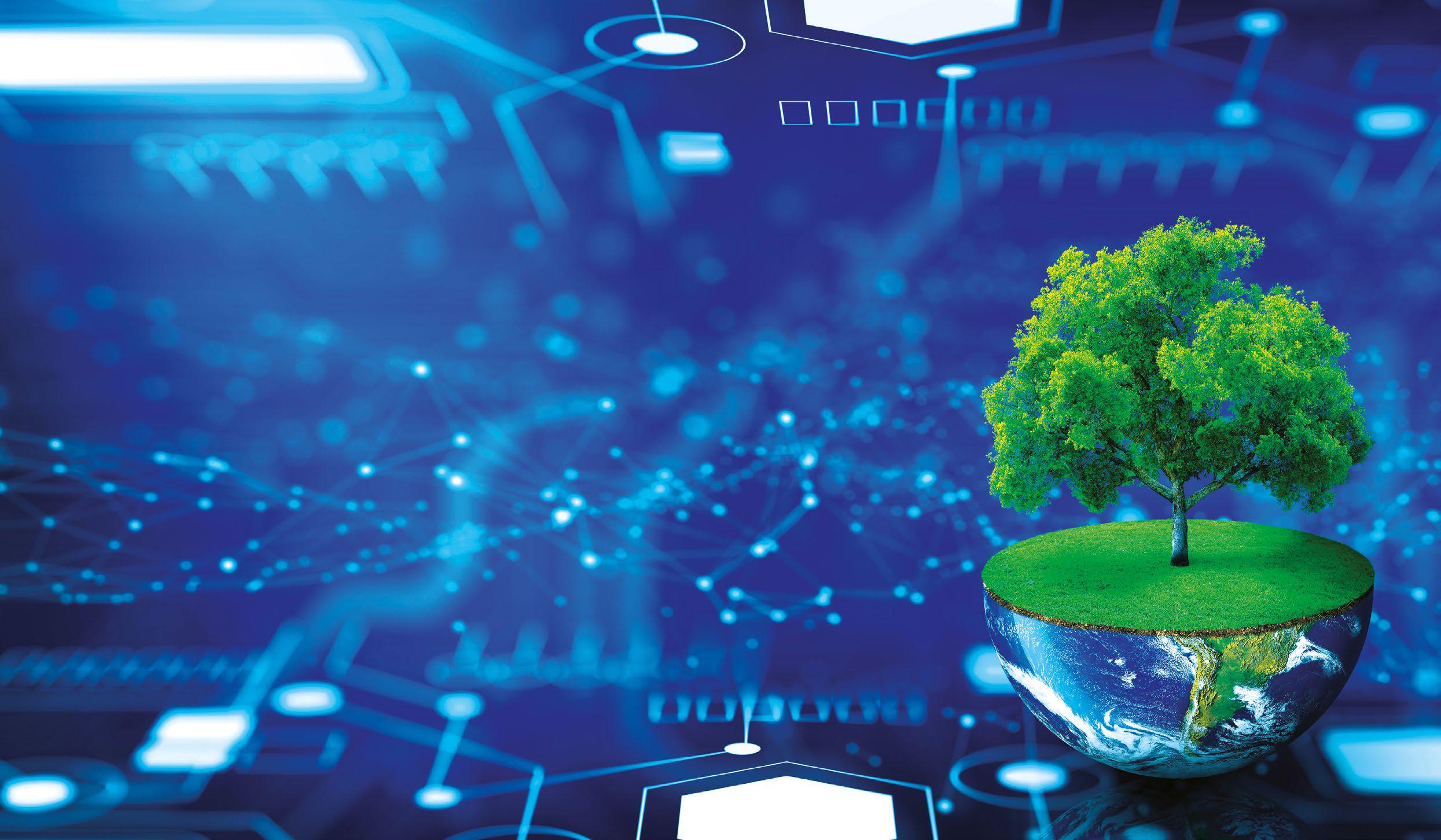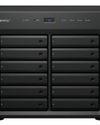How can I make my IT truly sustainable?
PC Pro
|January 2025
It's not just about setting computers to sleep overnight; Nik Rawlinson finds out how to minimise your overall environmental impact

How green is your IT department? Almost certainly less than you think. Cloud computing alone is responsible for around 3% of all global emissions, and when you consider the rest of your IT estate, rolling in hardware manufacture, transportation, use and disposal, your impact on the environment could well be significant.
Yet sustainability needn't just be good for the planet - it can be good for business as well. In a Salesforce survey of 2,300 adults in the UK and US, four in five respondents stated that a business' values would impact their spending decisions. Close to 60% believed they had the power to influence change in businesses through boycotts and other action.
Thus, making responsible choices, and not being afraid to shout about it, can help to drive revenue. Even where it doesn't, it can reduce costs, as we'll discuss below. So, if you oversee procurement, how can you make sure your organisation's IT really is worth shouting about? And, if you don't, what arguments could you use to influence change where it's most needed?
Power, and where it comes from
When we think about "green" technology, we tend to focus on the energy a device consumes while in use, and the environmental impact of generating it. Historically that's been a big concern, as the vast majority of our energy has come from burning fossil fuels. Things are getting better on that front, however: almost a third of the world's electricity now comes from renewable sources such as wind and solar, and in the UK it's easy to find a green tariff.
The energy directly consumed by a device is only part of the equation, however. The University of Oxford calculates that only 15% of the emissions associated with using a typical computer are attributable to in-use energy consumption. Most of the environmental cost of a desktop PC is incurred initially in its manufacture, and eventually in its disposal.
Cette histoire est tirée de l'édition January 2025 de PC Pro.
Abonnez-vous à Magzter GOLD pour accéder à des milliers d'histoires premium sélectionnées et à plus de 9 000 magazines et journaux.
Déjà abonné ? Se connecter
PLUS D'HISTOIRES DE PC Pro

PC Pro
Who's winning the smartglasses race? And does anyone care?
Meta has unveiled smartglasses with a display. Is XR and AR on our faces the future of personal devices, or will it be a repeat of the Google Glass debacle, wonders Nicole Kobie
9 mins
January 2026

PC Pro
"The question of how bad passwords are is more nuanced than it might appear at first"
Passwords are incontrovertibly awful, but - with the help of a huge US security agency - Davey offers some advice on making them less so
7 mins
January 2026

PC Pro
"I'm getting tired of receiving emails telling me about price changes to services at almost no notice"
Trust in vendors is important, but perhaps it's most important of all when it comes to storage - an idea reinforced by the recent AWS outage
11 mins
January 2026

PC Pro
"From where I'm sitting, Windows 11 has a worse in-use track record than Windows 10"
When it comes to Windows 10 security updates, Microsoft giveth with one hand and taketh away with the other, but there's no need to rush to Win11
7 mins
January 2026

PC Pro
"Fear is a business model. It captures your attention and opens your wallet"
Killer robots make great headlines - and for great fundraising - but we can't let fear, uncertainty and doubt distract us from the real causes of harm
6 mins
January 2026

PC Pro
The latest bother at the BBC is only the start of changes that need to happen, says Jon Honeyball
It seems that our Auntie is in a tizz.
3 mins
January 2026

PC Pro
Insta360 Connect
Dual cameras deliver superb video quality, fast speaker tracking and a smart integrated whiteboard mode
2 mins
January 2026

PC Pro
Medion Erazer Recon E40
A modest system in terms of price, spec and expansion options, so only buy it if it's exactly what you want
3 mins
January 2026

PC Pro
Framework Laptop 16 (2025)
The most repairable and upgradable gaming laptop gets RTX 5070 power, albeit for a chunky price
3 mins
January 2026

PC Pro
Owl Labs Meeting Owl 4+
The clever Owl 4+ makes meetings a hoot with its 4K camera, smooth tracking and all-round sound and vision
2 mins
January 2026
Listen
Translate
Change font size

